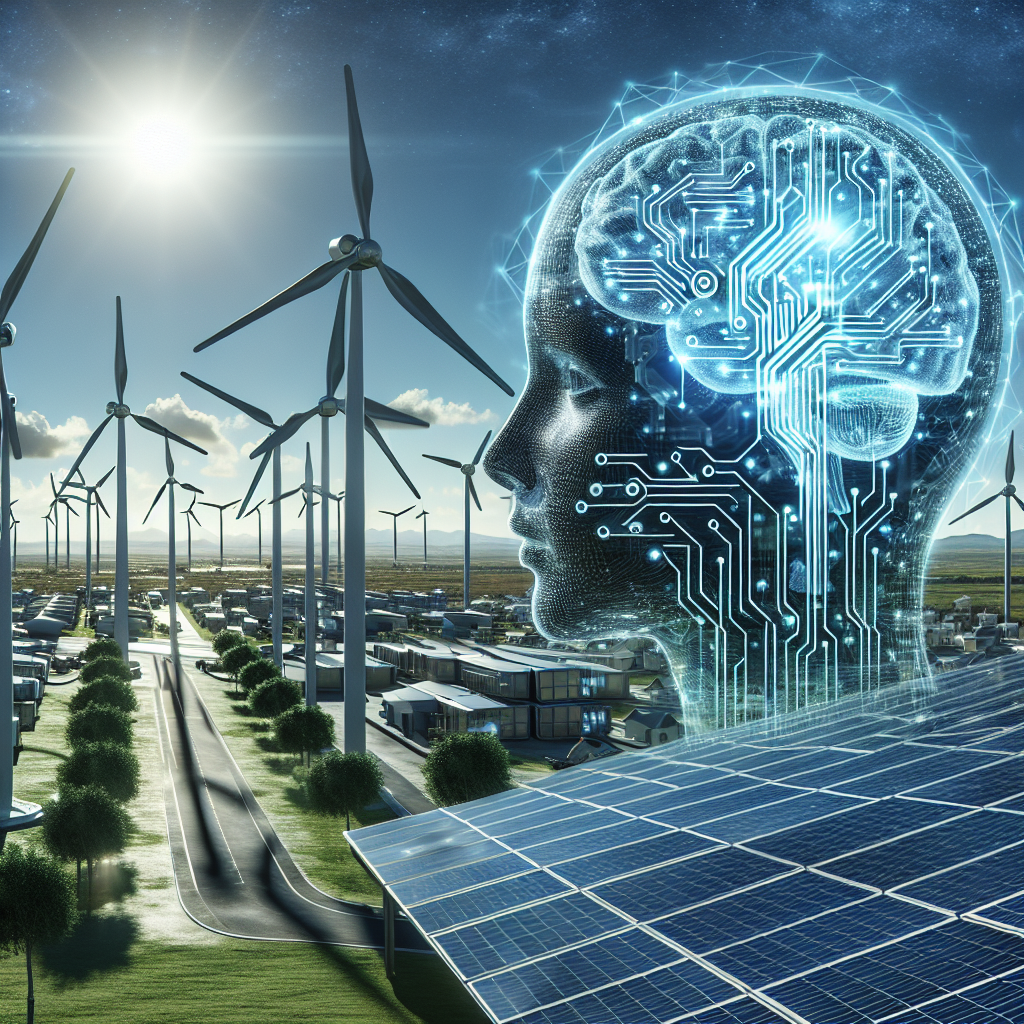As the globe confronts the intensifying effects of climate change, the need for innovative solutions has never been more urgent. Artificial Intelligence (AI) serves as a groundbreaking technology with the capability to tackle the critical challenges posed by climate change. From decreasing greenhouse gas emissions to enhancing resource efficiency, AI presents a multitude of applications that could lead us toward a more sustainable future.
Understanding Climate Change
Climate change encompasses significant changes in global weather patterns, largely driven by human activities like fossil fuel combustion, deforestation, and industrial processes. The outcome is a hazardous increase in global temperatures, melting ice caps, rising sea levels, and increasingly severe weather events. The ramifications of climate change are extensive, impacting ecosystems, human health, and economies worldwide. As countries strive to meet climate goals established by international agreements such as the Paris Accord, it is crucial to implement innovative solutions without delay.
The Role of AI in Combating Climate Change
1. Data Analysis and Climate Modeling
AI is adept at processing large volumes of data, making it indispensable for climate modeling and forecasting. Machine learning algorithms can scrutinize historical weather trends, satellite images, and other data sources to enhance climate predictions. This improved predictive ability allows for better disaster preparedness and planning for climate-related impacts.
2. Energy Efficiency and Management
AI technologies can optimize energy usage across various sectors. Smart grids driven by AI algorithms can anticipate energy demand and supply, facilitating more efficient energy distribution and reducing reliance on non-renewable resources. Additionally, AI-powered building management systems can adjust heating, ventilation, and air conditioning (HVAC) based on real-time occupancy data, significantly lowering energy use.
3. Sustainable Agriculture
Agriculture is a significant source of greenhouse gas emissions, but AI can help revolutionize it into a more sustainable industry. Precision agriculture employs AI to assess soil conditions, weather patterns, and crop health, allowing farmers to optimize resource usage, reduce waste, and sustainably increase yields. Drones equipped with AI technology can also monitor crop health and evaluate land usage, offering valuable insights for sustainable farming methods.
4. Carbon Capture and Management
AI plays a vital role in developing and refining carbon capture technologies. Algorithms can model and predict the most effective techniques for capturing CO2 emissions from industrial sources. Moreover, AI can enhance carbon management approaches, including monitoring forest health and optimizing land use for maximum carbon sequestration.
5. Climate Finance and Investment
AI can simplify climate finance by analyzing investment opportunities and evaluating the sustainability of projects. By incorporating ESG (Environmental, Social, and Governance) criteria into investment evaluations, AI can guide investors toward more sustainable options, directing funding toward renewable energy initiatives and environmentally friendly projects.
6. Urban Planning and Mobility
The layout of cities significantly influences carbon emissions. AI can assist planners in creating smarter, more sustainable urban landscapes. From traffic management systems that alleviate congestion and emissions to optimizing public transit routes, AI technologies can contribute to greener and more energy-efficient cities.
Challenges and Considerations
While AI presents substantial potential in combating climate change, it is not a panacea. Several challenges remain:
-
Data Availability and Quality: Reliable data is crucial for training AI models. In many areas, especially in developing nations, data access is limited.
-
Energy Consumption of AI: Ironically, deploying AI technologies often necessitates significant computing power, which can generate additional emissions. It is essential to ensure that the energy used for AI operations comes from renewable sources.
- Equity and Access: The advantages of AI should be available to everyone, particularly marginalized communities that are most impacted by climate change. Ensuring equitable access to technology is vital for global climate action.
Conclusion
AI offers a powerful toolkit for addressing climate change, presenting solutions that could help mitigate the crisis and promote sustainable practices across various sectors. Nevertheless, strategic execution, collaboration, and a commitment to ethical considerations are necessary to ensure that technology fulfills its intended role.
As we stand at the intersection of technological advancement and environmental urgency, the collective efforts of governments, industries, and individuals will determine if AI can indeed help preserve our planet. The moment to act is now, and we must embrace technological innovations with urgency and responsibility.

